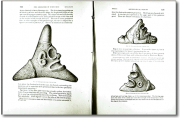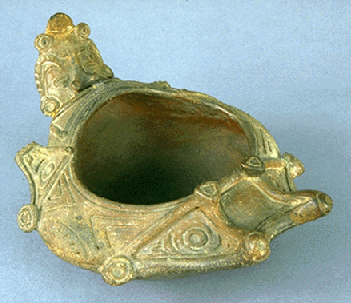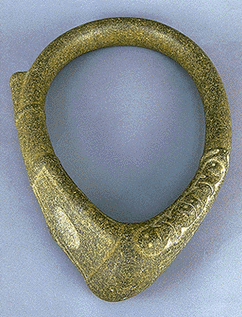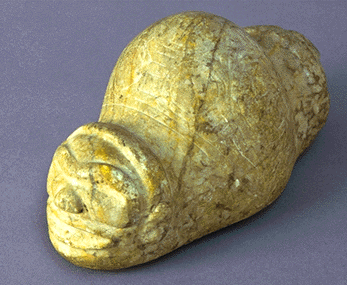Island Voyagers: Caribbean Archaeology and Natural History
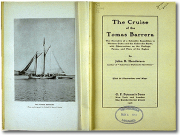
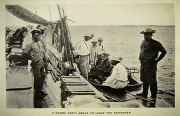 Smithsonian scientists have a long history of collaborative research in the Caribbean. In 1914 a Smithsonian expedition traveled to western Cuba and the Colorados reefs to study land and marine geology, flora, and fauna. John Brooks Henderson, a member of the Smithsonian's Board of Regents, had collected marine mollusks in southern Florida and wanted a broader understanding of the region's fauna.
Smithsonian scientists have a long history of collaborative research in the Caribbean. In 1914 a Smithsonian expedition traveled to western Cuba and the Colorados reefs to study land and marine geology, flora, and fauna. John Brooks Henderson, a member of the Smithsonian's Board of Regents, had collected marine mollusks in southern Florida and wanted a broader understanding of the region's fauna.
He first obtained the support of Dr. Carlos de la Torre of the University of Havana, then the leading Cuban naturalist. Henderson later described him as "our most enthusiastic member--our guide, philosopher, and friend."
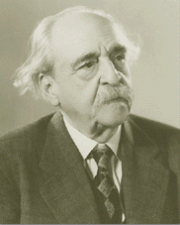
![Jesse Walter Fewkes (1850-1930), Smithsonian Institution Archives, SIA Acc. 90-105 [SIA2008-0593]. Jesse Walter Fewkes (1850-1930), Smithsonian Institution Archives, SIA Acc. 90-105 [SIA2008-0593].](https://ids.si.edu/ids/iiif/SIA-SIA2008-0593/full/150,/0/default.jpg)
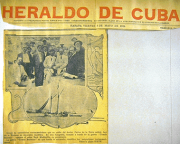
Other Caribbean expeditions in the early 1900s include travels in the West Indies by J. Walter Fewkes of the Bureau of American Ethnology. Fewkes planned to "collect specimens and data that would shed light on the prehistoric inhabitants ... [of Puerto Rico] which had lately come into the possession of the United States." His first visit in 1902 revealed the need for further work in Puerto Rico and for comparative work on other islands: "The character of the aboriginal Antilleans could not be satisfactorily solved from material collected on any one [island]." Thus Fewkes returned to investigate neighboring islands such as Haiti, Cuba, Trinidad, and the Lesser Antilles.
Fewkes' Puerto Rican finds yielded much information about the early inhabitants' physical characteristics and manner of life. Among the "problematic archeological objects" he recovered were mysterious stone collars, or rings. Fewkes guessed that they were "images of the coiled bodies of serpents or reptilian monsters which personated some great nature power, possibly a sky or wind god." (Recent interpretations by scholars suggest that the stone collars represented protective gear used in ball games.) He included the collars with carved three-pointed stones called zemis, which he described as "idols with conical projections."
In addition to excavations, Fewkes and his staff studied a number of private collections and drew data from historical and ethnographic sources. Their finds and others from private collectors were added to the Smithsonian's National Museum. (The Latimer collection, an outstanding gift of pottery and remarkably beautiful stone implements, was the first large enough for comparative study.) Fewkes' work and subsequent publications, such as Aborigines of Porto Rico and Neighboring Islands (1907), contributed greatly toward identifying and documenting the cultural remnants of "... peoples of the West Indies, swept almost without record from the islands during the early years of Spanish colonization."
